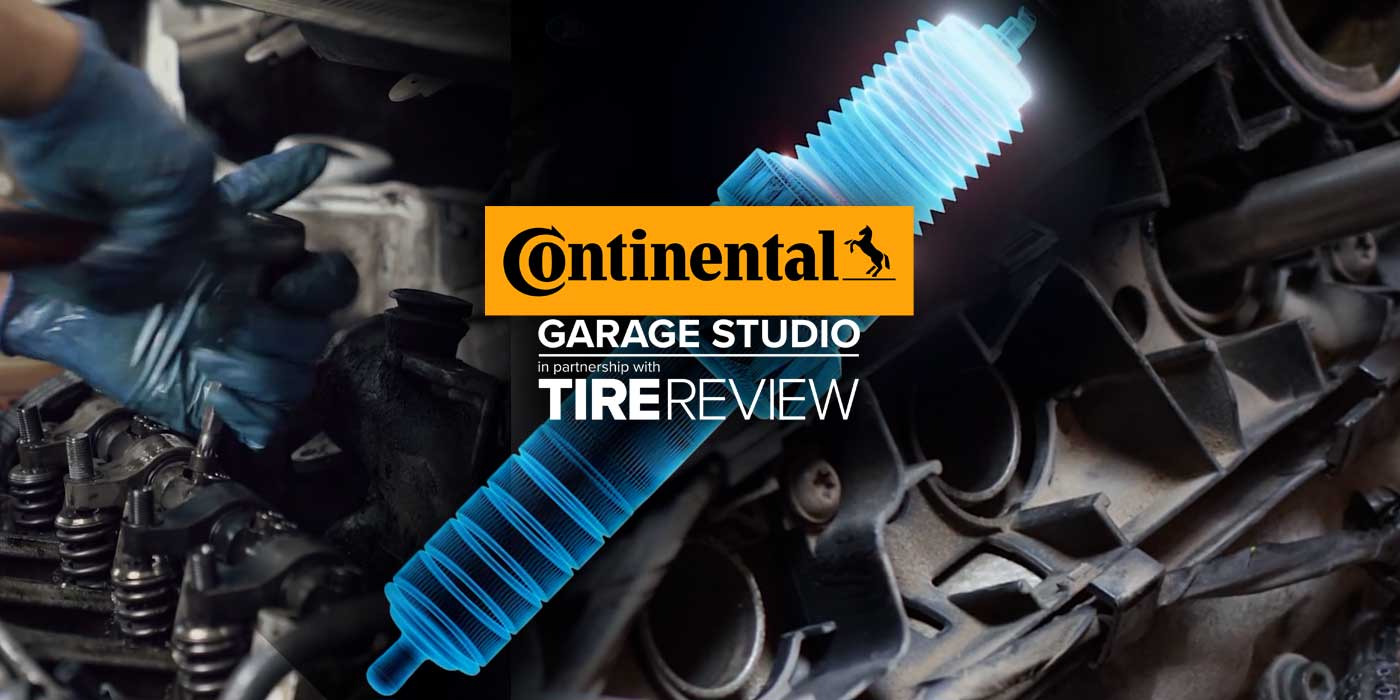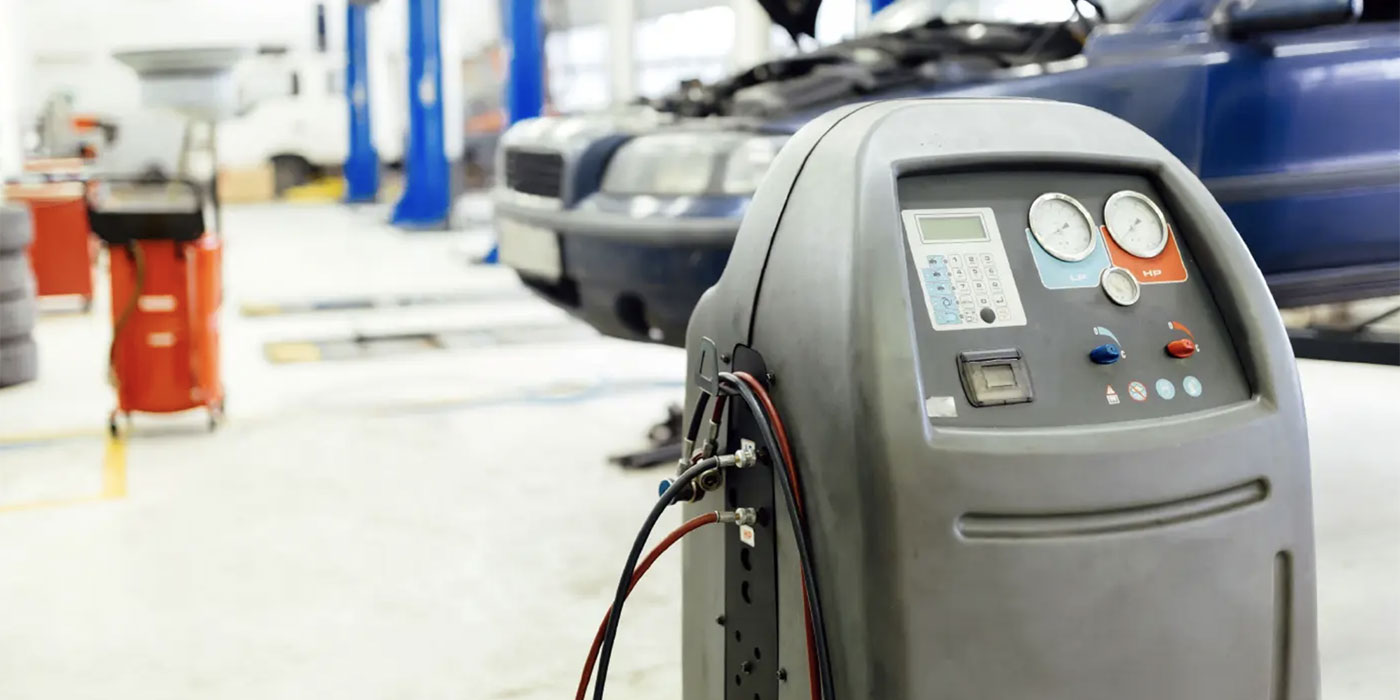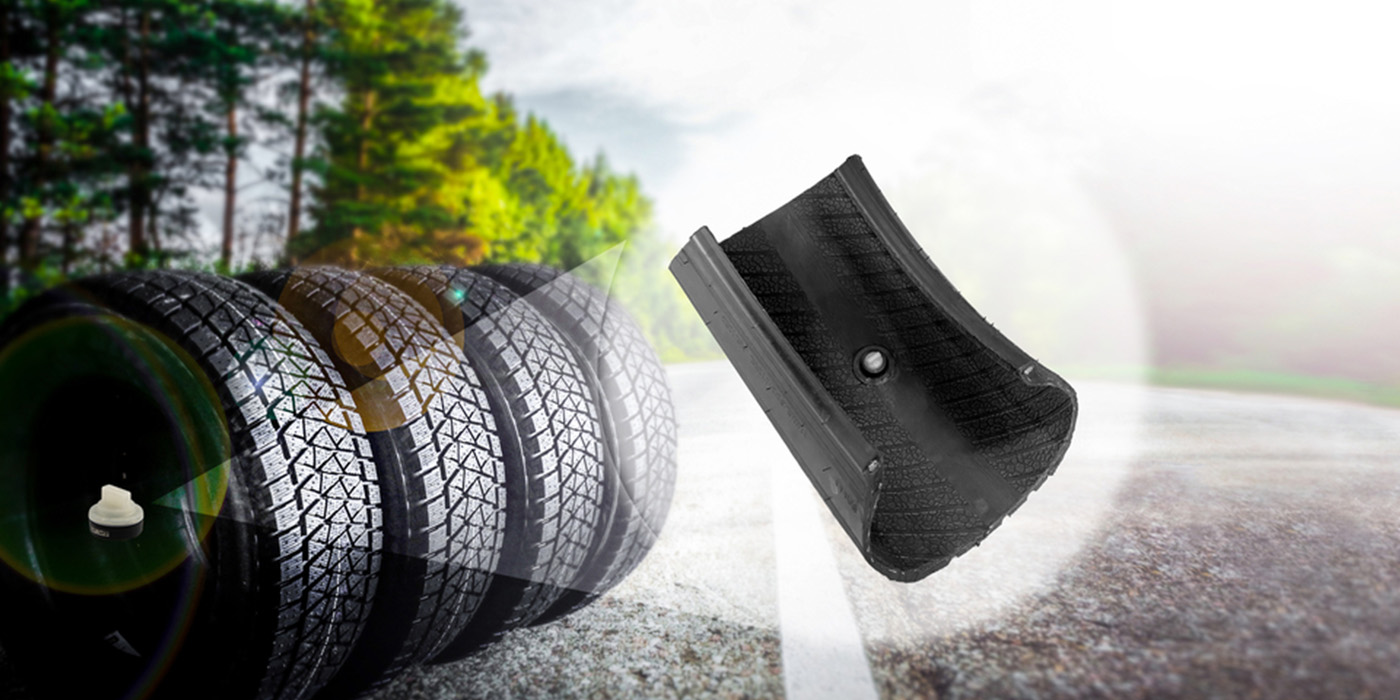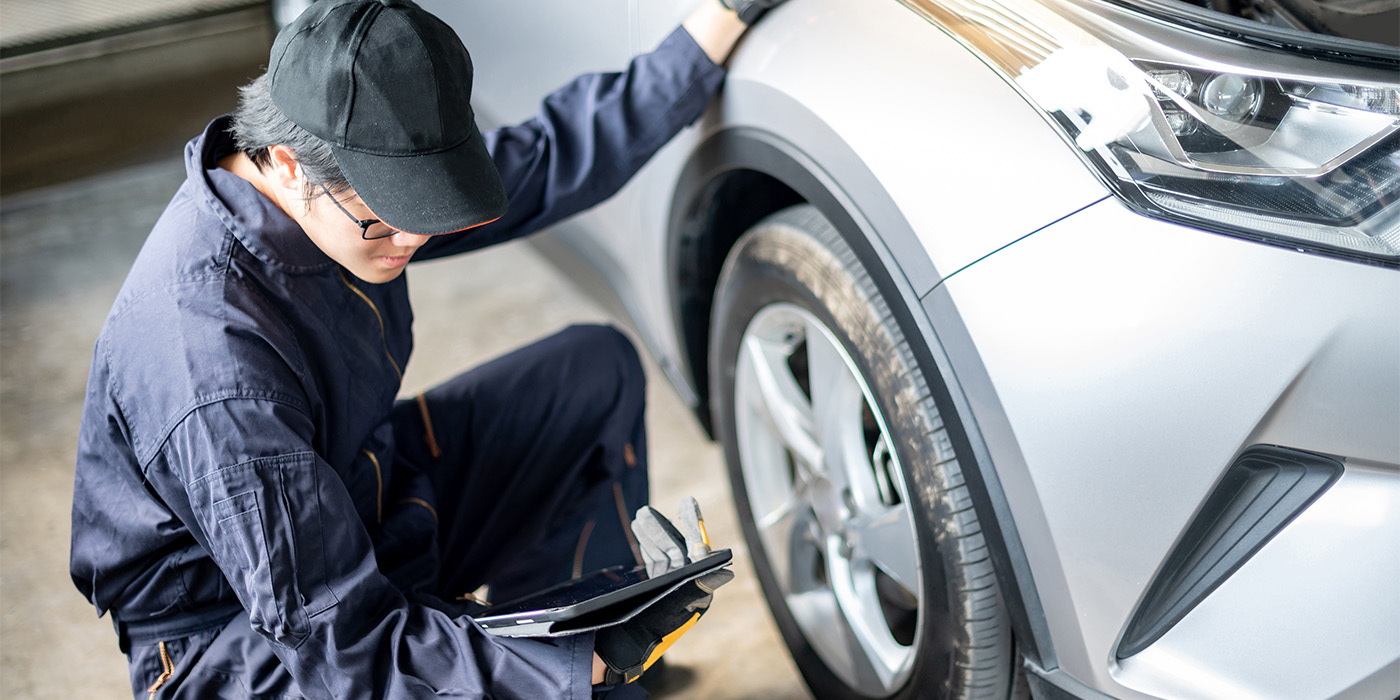Cabin air filters, like other filters, are a maintenance item that needs to be inspected and replaced on a regular basis.
Yet, in spite of the aftermarket’s efforts to educate the public, many motorists still don’t know their vehicle even has such a filter. It’s out of sight and out of mind for many motorists. Most vehicles today come factory equipped with a cabin air filter.
The cabin air filter is designed to do two things: to improve the quality of the air entering the passenger compartment through the heater and A/C system, and keep dirt, debris, bugs, leaves, etc. out of the HVAC (Heating Ventilation & Air Conditioning) evaporator and heater core.
The cabin air filter is usually located behind the glove box or at the base of the windshield in the cowl area (usually under a removable cover or access panel). The location of the cabin air filter can be found in the vehicle owner’s manual, along with a recommended replacement interval.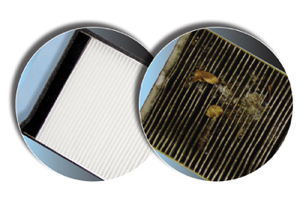
As a rule, combination odor/dust filters that contain a layer of activated charcoal are good for about a year. The filter will continue to trap dust beyond that period, then the activated charcoal only lasts so long before it becomes saturated with contaminants. The service interval for most dust filters ranges from two to three years or 30,000 miles.
The filter’s service life depends on operating conditions. Driving on gravel roads or in a dusty environment will shorten the filter’s life and require more frequent replacement. When some motorists see how much a cabin air filter costs, they may decide not to replace the filter or to put it off for a period of time.
Many cabin air filters sell for $20 to $30 or more depending on the application — which is sometimes more than an engine air filter for the same vehicle. Maintenance costs are a part of vehicle ownership, so if a motorist wants to maintain their vehicle and take advantage of the benefits of having a cabin air filter in their HVAC system, they need to replace it periodically. If the filter is neglected too long, it can clog up with debris and restrict airflow. This, in turn, can reduce heater, defroster and A/C output.
It’s like stuffing a dirty sock into the HVAC inlet pipe. A dirty cabin air filter also can become a source of bad odors by trapping moisture and outside contaminants that promote bacterial growth. Musty odors from the A/C evaporator are a common issue in humid climates, and may require spraying a biocide and/or air fresher into the HVAC housing to get rid of the smell. But that won’t help if the odor is coming from a grungy cabin air filter.
Replacing a cabin air filter is fairly simple on many vehicles, but may require some disassembly on others to access the filter (things like removing the glove box or cowl cover. The filters are usually flat, and some are designed to fold over or come in two pieces to make installation easier.
Some motorists may be surprised when they buy a replacement filter for their vehicle only to discover there is no filter to replace! As a cost saving measure, some automakers include a place for a cabin air filter in a particular make/model of vehicle but do not actually install a factory filter in the slot. Maybe they thought nobody would notice. The filter is not covered by warranty because it’s a maintenance item, so the vehicle owner bears the responsibility for installing and maintaining the filter.










